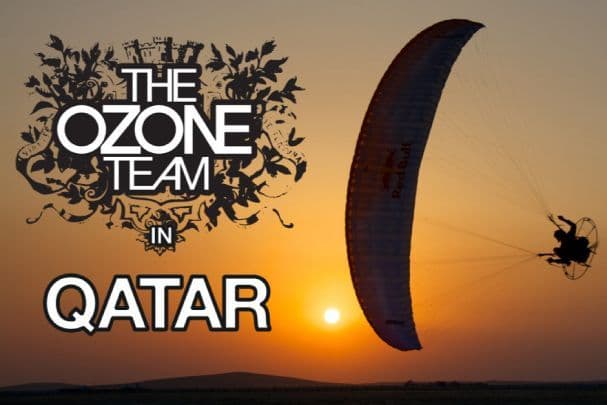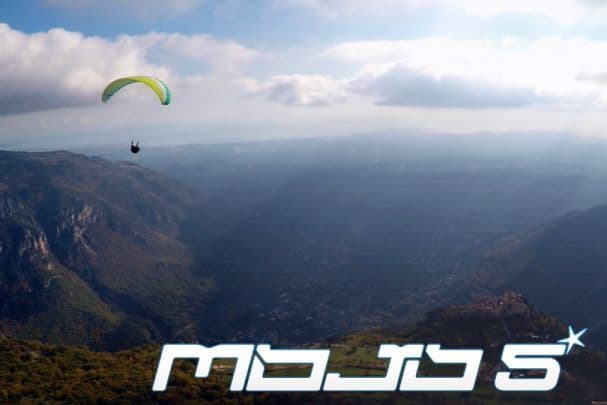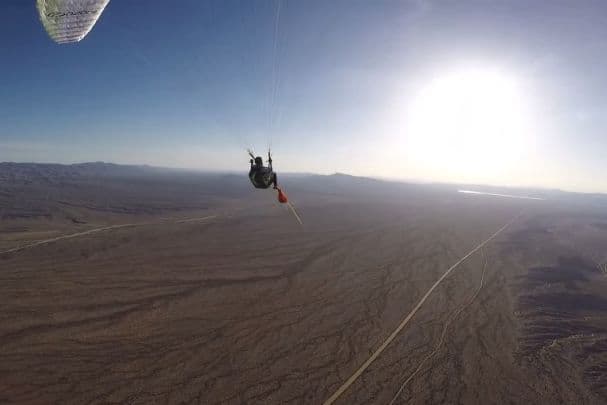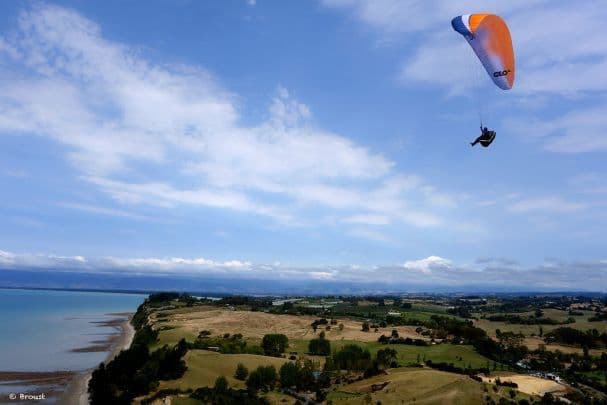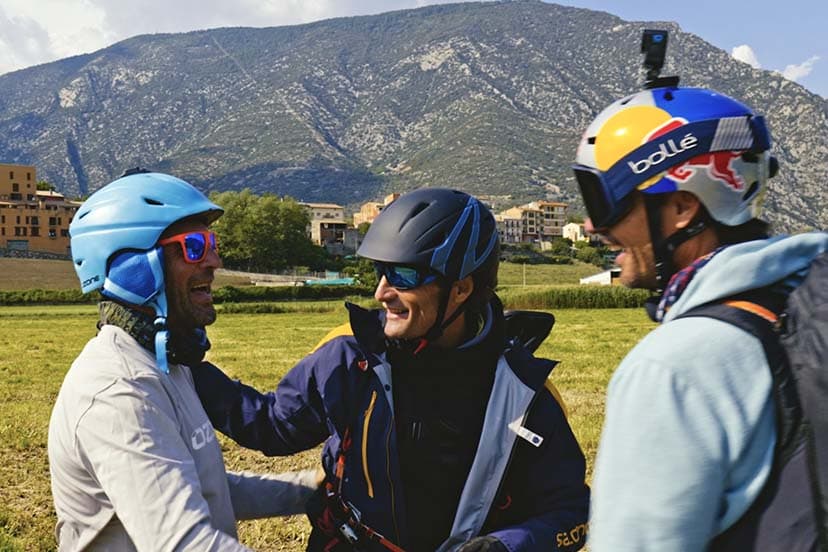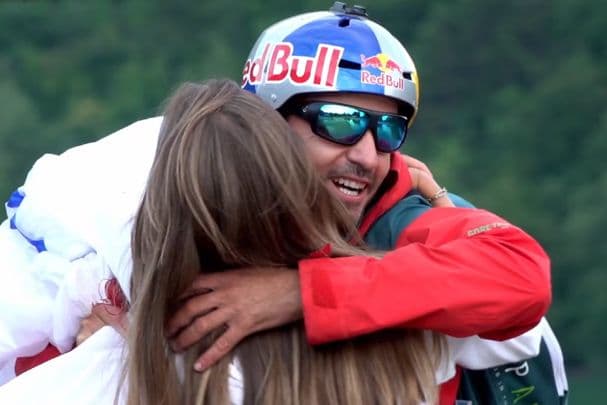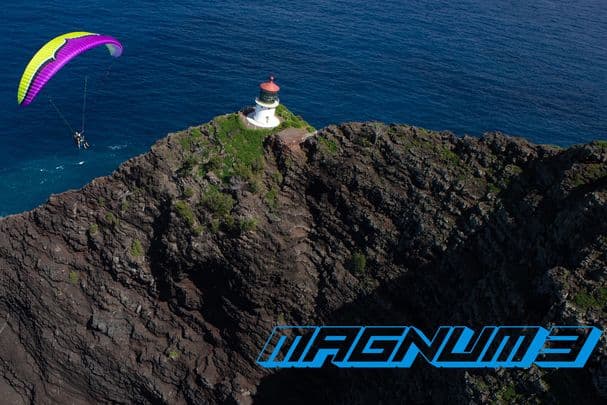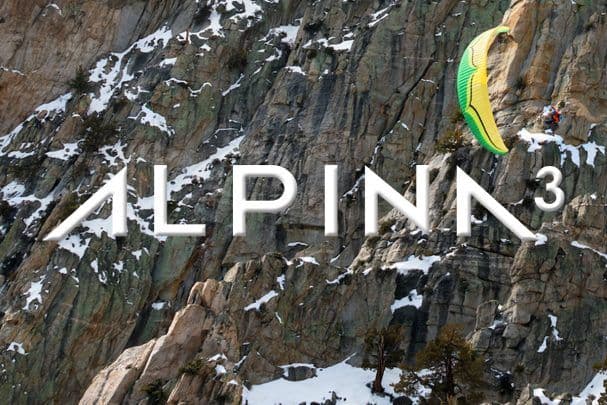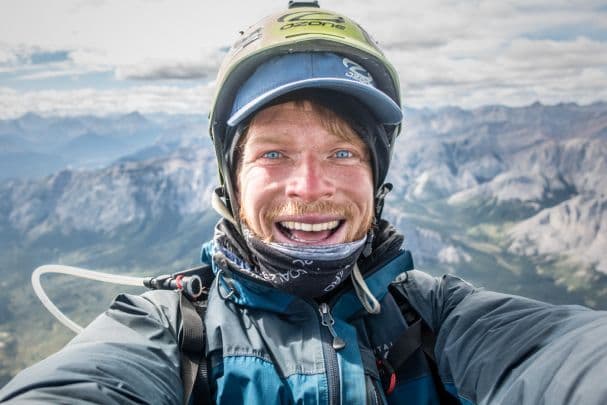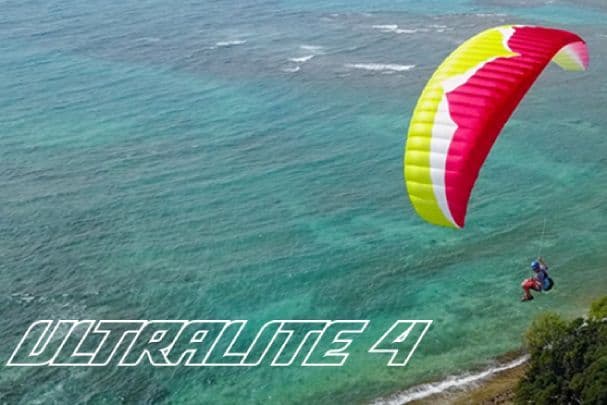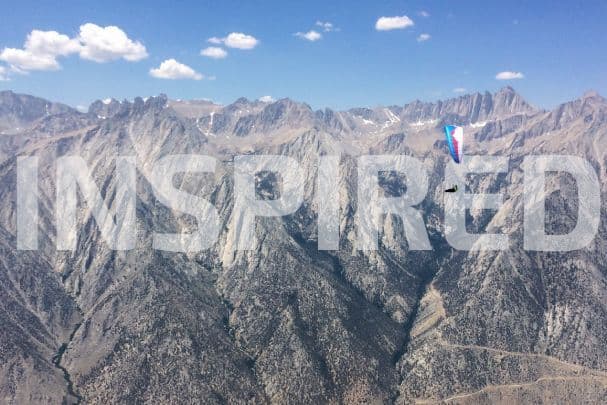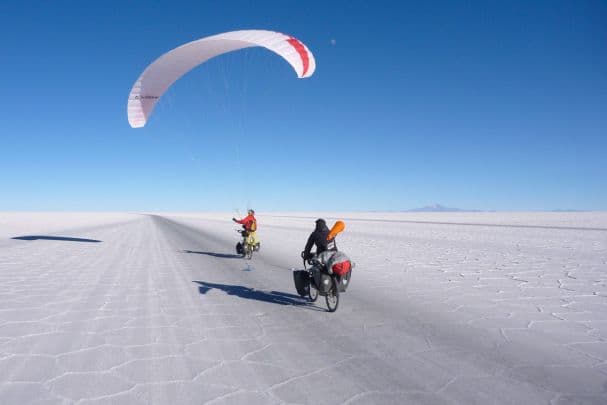

Frequent Flyers Episode 2 - Nepal
Published on:
04 Jun 2015
Our friends Guillaume and Perrine spent the better part of a year traveling around the world to fly. The result of their journey is being chronicled in a three part series, the second of which is available now. (if you missed the first episode, watch it first.) Check out this beautiful film, read an update about current conditions in Nepal, and see Guillaume’s report below. Cheers from all the team!
A message from the filmmaker:
Nepal… An epicenter of dramatic news that moved everyone of us so deeply. We were there exactly one year ago to fly around Pokhara and trek in the surroundings of Manaslu and Gorkha… Perrine had already been working on a development project in the villages of the Annapurna Conservation Area, and has found herself a welcoming family, many acquaintances, and loving friends. We realize how devastated all these villages are now… Our Nepalese guide Rajendra, who testifies in our film, is fortunately safe and sound, but now sleeps under a tent with his family. He understandably worries about not being able to work this year because of the lack of tourists. How is the local population going to endure the three month monsoon period without being able to work in the fields or even shelter from the rain? Short term survival and access to drinking water are absolutely critical for all of these remote villages that don’t attract any media attention or even any medical assistance.
We therefore asked ourselves if it was pertinent to release our film in such a context. But we have finally decided to show it because we are convinced tourism is one one of the major factors in rebuilding Nepal. The country’s people have lost a great deal but certainly not their kindness, their warm sense of welcome or the beauty of their environment. So open the door of Nepal….. and you’ll want to come back!
Paragliding in Nepal means discovering its many facets. When landing in remote valleys, we have always been met with an enthusiastic, warm and interested welcome. Our encounters with a smiling people attached to their cultural heritage and values remain deeply engraved in our heart. We not only met local pilots and discovered beautiful flying sites but also people in love with Nepal and its emblematic birds. Birds of prey, eagles and vultures often share the airspace with paragliders in these remote mountain ranges. Scott Mason is very passionate about birds of prey, especially vultures. He has created a bird of prey rehab centre in Pokhara: The Parahawking Project.
If you wish to help the Nepalese, there are many ways you can participate: urgency assistance (medical or infrastructure), or rebuilding projects (drinking water networks, roads, agricultural undertakings)… Everything is important. Doctors Without Borders and the Red Cross are the main medical actors on the spot. These well known and well equipped organizations are very efficient and reactive in the short term. But it is also important to help all organizations working on long term projects, such as housing, roads, water networks, and help to farmers deprived of any harvesting this year.
Ozone Paragliders has donated $10,000.00 to the Cloudbase Foundation for their Nepal relief efforts, and would like to thank all Ozone pilots around the world for making that possible.
Here are some additional organizations working in Nepal:
Karma Flights via The Cloudbase Foundation is a long established organization in Nepal, managed by paraglider pilots and helps people in very remote locations.
Nepal Mountain Mobil Hospital focuses on medical asistance in remote nepalese valleys. It is managed by Dr. Pierre SOETE.
Karuna Shechen runs health projects as well as education and social services for underprivileged populations in India, Tibet and Nepal.
Don’t hesitate to share and communicate on these actions. Talking about Nepal and boosting tourism are the best ways to help rebuild the country.
Our thoughts and prayers to all victims of these earthquakes.
SPOTS WHERE TO FLY
We had two great flights around Pokhara valley. One was about 75km (Sarangkot – Sardi Khola – Panchase – Pokhara) and the other one was 35km (Sirkot – Pokhara). But there is so much to do in terms of XC flying!
– Pokhara (28.260850, 83.973012)
– Sirkot (28.021082, 83.729253)
– Bandipur (27.931764, 84.413881)
PILOT ADVICE
– Best period to fly: March to May is a very good period for cross country, with strong thermals and very unstable conditions. The cloud base can reach more than 5000m on the good days! The only problem is the view: you just see absolutely nothing. Mornings are clear, but it starts to be very cloudy after 11am, so don’t expect to see one mountain when you’re flying…
– October to January looks to be the best season to fly there, with great sceneries of the mountains all day long. But the lower take-offs are quite stable, so you might have to hike-up (Korchon for instance) if you want to start above the stability. November is the best season, but very crowded around Pokhara (I mean, veeeery crowded…)
– Don’t come to Nepal to do huge flights between June and September, it’s the monsoon season!
– Don’t hesitate to escape from the “paragliding-oppression” in Sarangkot. Jumping behind (Green Wall, Sardi Khola…) is quite easy and way less crowded.
– Altitude is quite a big deal. You can feel it when you are flying, although you are struggling above the jungle (at 3000m high…) The forest frontier is more than 4000m, so it can influence your flying skills when you don’t expect it.
– XC flying and bivy-flying is a great adventure to do around Annapurna and Manaslu. If you are not a very experienced pilot, be sure to get in touch with the guys who work and fly there. Our advice: David Arrufat at Blue Sky Paragliding and “The Great Babu” Sunuwar, the guy who took-off from Everest and then paddled down to the sea!
– If you want to have a great experience with the birds of prey, be sure to visit Scott Mason in Pokhara. This guy is really involved in vulture conservation, and he can bring you into the air with a vulture landing on your hand!
– Pay attention that you may need a Trekking Permit (ACAP or MCAP) if you land in the Parks. If you get caught by the guards walking in the Park without a permit, you will get a fine for this.
– People in Nepal are very, very friendly. Always. Don’t hesitate to learn a few words of Nepali: “Namaste” (Hello), “Tik-Cha?” (how are you?), “Danielbath” (thank you), “Ramrosa” (it’s beautiful), or at least give a smile when you see people. Hindu culture are very different than Western Countries, but respect and smile are the keys for communication bases.
– Giving money (or chocolate) to children is quite a problem around the cities. When you land around Pokhara, many kids come and want to pack your glider… Keep in mind that if they earn too much money in packing wings, they won’t go to school anymore.
– And last (but not least) all information about weather forecast and cloud formation in this movie are NOT a rule for every day, in any situation!! As a pilot, you have to be aware of the forecast of the day and the local conditions.
So there you go, don’t hesitate to visit this wonderful country, you will never regret it!!
SPONSORS
Special thanks to the people who believed in our project !
Ozone Paragliders
Sup’Air
Lowe Alpine
Ice Breaker
Asolo
Adidas Eyewear
Le BipBip




